Manipur: Past and Present (In 3 Volumes)
Synopsis
About Manipuri civilization, C.J.Lyall writes, “It was my fortune to visit Manipur only once (in Feb., 1888) during my service in Assam, and I am thus acquainted with the subject chiefly by hearsay. But I have always taken a lively interest in this singular oasis of comparative civilization and organized societyâ€. Lord Irwin called her ‘Switzerland of the east’ and Ethel Grimwood Described her as ‘The most beautiful show place of the world.’ Presently a constituent State of Indian Union, marginally bigger than Israel or El Salvador or Lebanon and Cyprus combined together, the early State of the Meeteis and its 9 sister ethnic communities in days of glory, manipur, defeated the invading Chinese, the Burmese, the western immigrants called Meeyangs, and took the British forces to task, when the latter made a lightning military campaign against the Meeteri royal palace in March 1891. At her nadir, Manipur was devastated completely by the Burmese, who were again routed by a daring Meetei prince. Manipuri civilization, known to foreign historians, including Ptolemy, had its origin in a remote State, governed by a Constitution since the 5th century A.D. which was finally mouled into a written form by King Loyyumba in 1100 A.D. The cultural and social system, recorded in not less than 1,000 old Meetei scriptures is a living testimony of the rich heritage embodying Meetei sciences, philosophy, Meeteiloyg, ethics, aesthetics, various arts like arts of prediction, statecraft, diplomacy, conduct of was, and above all, the Universal, casteless Meetei Sanamahi religion. The present volume, which is the first of the three volume series is a compendium of voluntary contributions of eminent scholars and specialists in their respective fields on the multi-faceted civilization of Manipur which shows remarkable thematic coherence. The book of Treaties, including historical documents and rare photographs, constitutes the Appendix. Manipur the veritable dreamland and a silent-valley of unrivalled beauty deserves your intellectual journey. The past is very much alive in the present as will be found unfolded in the succeeding pages of the book. About Manipuri civilization, C.J. Lyall writes, “It was my fortune to visit Manipur only once during my service in Assam, and I am thus acquainted with the subject chiefly by hearsay. But I have always taken a lively interest in this singular oasis of comparative civilization and organized society,†Lord Irwin called her ‘Switzerland of the East’ and Ethel Grimwood described her as ‘the most beautiful show place of the world.’ Manipuri civilization, known to foreign historians, including Ptolemy, had its origin in a remote State, governed by a Constitutions since the 5th century A.D. which was finally moulded into a written form by king Loyyumba in 1100 A.D. The cultural and social system, recorded in not less than 1,000 old Meetei scriptures is a living testimony of the rich heritage embodying Meetei sciences, philosophy, Meeteilogy, ethics, aesthetics, various arts like arts of prediction, statecraft, diplomacy, conduct of war, and above all the universal, casteless Meetei Sanamahi religion. The present volume, which is the second of the three volume series is a compendium of voluntary contributions of eminent scholars and specialists in their respective fields on the philosophy, culture, art and literature of the multi-faceted civilization of Manipur. Manipur the veritable dreamland and a silent valley of unrivalled beauty deserves your intellectual journey. The past is very much alive in the present as will be found unfold in the succeeding pages of the book. Manipur is the homeland of the Meeteis in the valley and the Naga as well as Kuki-chins in the highlands. There are as many as thirty micro-ethnoses or tribes, many of whom had settled in the state from time immemorial. The present volume is unique as the most elaborate and comprehensive accounts of all the micro-ethnoses and tribes are brought under a single cover after several painstaking years and most of the accounts have been prepared by the leading experts of the respective ethnoses. The date-base is essentially the primary sources. This work is a live account of the rich ethnic heritage of Manipur hills. The ethnoses believe that they have emerged out of the cave or, Barrail range or Makhel in Manipur or from nearby places in Myanmar, while tracing their earliest origin from china and Indo-China. The ethnic polity varied from village sovereignty and local democracy to mild authoritarianism. The cultural pluralism has characterizations still Christianity integrated them into the western Christian ethos. The pristine past is alive in Manipur hills and this volume presents the picture of the past and present live and vividly. The journey is worthwhile, if you start it with page one and end the same with the last page.
Read more
75.60
68.04
$
84.00 $
Free delivery Wolrdwidе in 10-18 days
Ships in 1-2 days from New Delhi
Membership for 1 Year $35.00
Get it now and save 10%
Get it now and save 10%
BECOME A MEMBER
Books by the same author

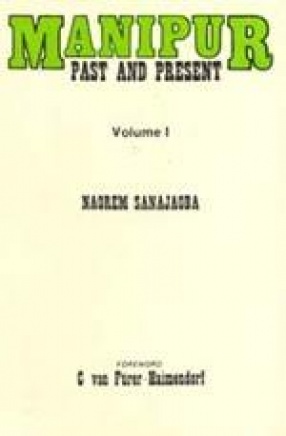
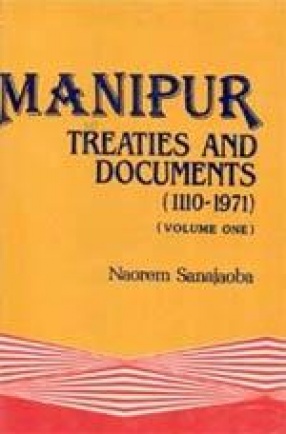
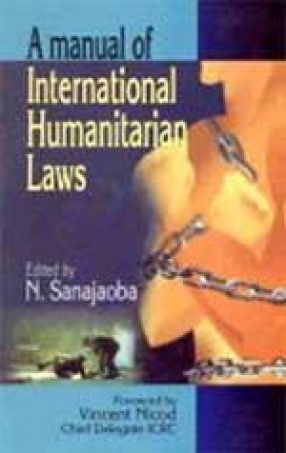
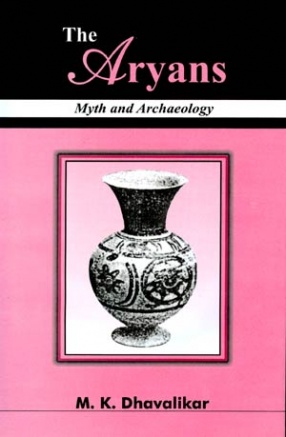

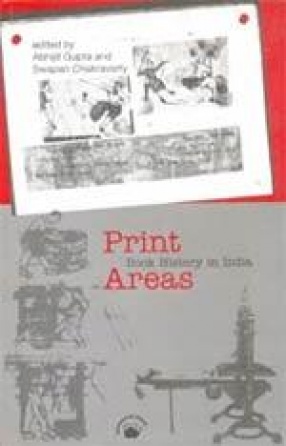
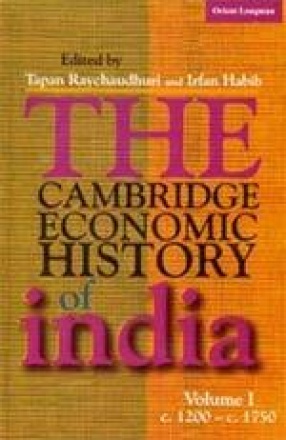

Bibliographic information